Building DeFi Resilience

Introduction: A $600M Liquidation Shakes the Market
In July 2025, the crypto market experienced a significant stress test—over $630 million in leveraged positions were liquidated across various exchanges due to a sudden drop in Bitcoin's price to around $115K. This massive liquidation event mainly affected long positions, sparking a chain reaction of forced sell-offs and highlighting underlying vulnerabilities in the market's liquidity structure.
Such episodes underline a critical concern in decentralized finance (DeFi): liquidity fragmentation. Despite the growth and maturity DeFi has seen over recent years, its infrastructure often proves insufficiently robust during extreme market movements. This raises an essential question for the DeFi community: How can liquidity systems become more resilient to protect users and protocols from these cascading liquidations?

The Fragility of Current DeFi Liquidity Infrastructure
Major liquidation events expose the limitations inherent in current DeFi liquidity management. Typically, DeFi markets operate as fragmented ecosystems, separated by different blockchains and protocols. During moments of crisis, these separations hinder the quick and effective movement of funds, exacerbating market stress.
For example, during the 2020 "Black Thursday" crash, significant price discrepancies between exchanges occurred as traders were unable to quickly move collateral across congested networks. Similar scenarios played out during the July 2025 liquidation event, where liquidity was insufficiently mobile to respond to rapidly changing market conditions.
Further complicating matters, DeFi liquidity is often driven by what is termed "mercenary capital"—funds that chase short-term yield opportunities and vanish when markets become volatile. This behavior significantly reduces the reliability of liquidity pools precisely when they are most needed.
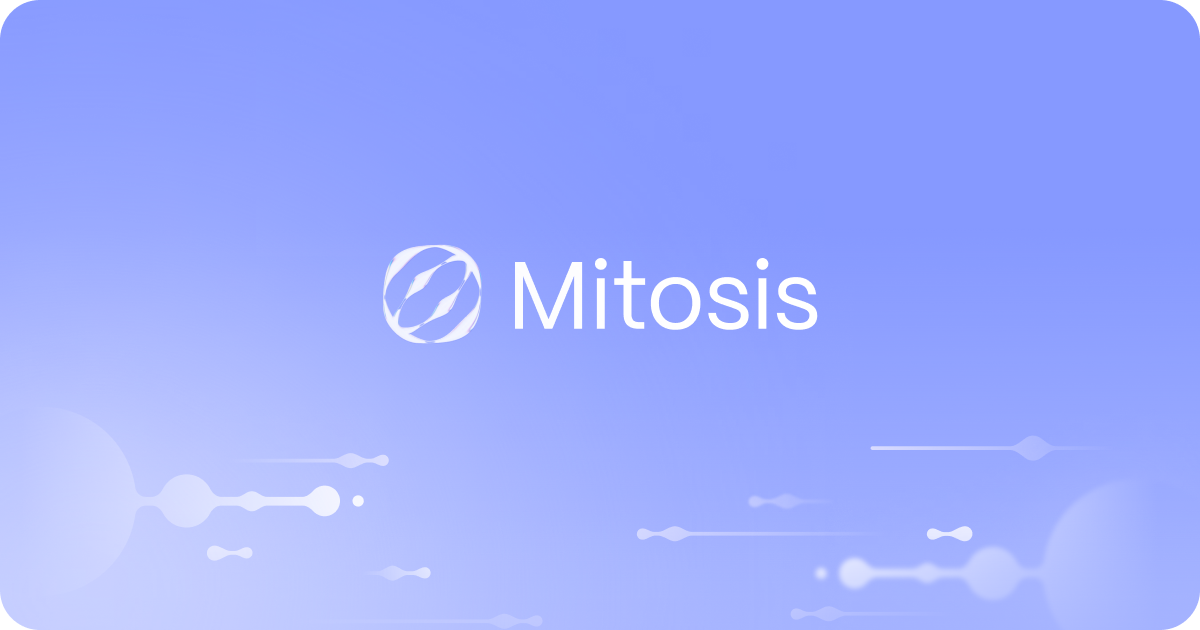
Mitosis: A Cross-Chain Liquidity Operating System
Addressing these vulnerabilities requires a transformative approach—enter Mitosis, a cutting-edge DeFi protocol positioned as a liquidity operating system. Mitosis’s infrastructure is specifically designed to enhance liquidity mobility, resilience, and adaptability across multiple blockchain networks.
Real-Time Cross-Chain Liquidity
Mitosis provides near-instantaneous liquidity transfers across supported blockchains through its innovative miAssets system. When users deposit assets into Mitosis, they receive miAssets—fully liquid tokens usable across various chains without needing to bridge funds manually. In moments of heightened market volatility, this immediate and frictionless liquidity transfer capability is critical, enabling rapid capital deployment to where it is most urgently required.
For instance, during cascading liquidations, arbitrage opportunities emerge due to price disparities across platforms. With Mitosis, arbitrageurs and automated strategies could swiftly respond, stabilizing prices and preventing further forced liquidations.
Ecosystem-Owned Liquidity (EOL): Stability through Collective Ownership
A major breakthrough in Mitosis's design is the Ecosystem-Owned Liquidity (EOL) model. EOL pools are collectively owned and governed by users and protocols, aligning incentives for liquidity providers to commit capital long-term. Unlike mercenary liquidity, EOL ensures funds remain stable and accessible during market downturns, significantly reducing liquidity flight risks.
During the $600M liquidation event, protocols integrated with Mitosis EOL pools could have maintained higher liquidity levels, buffering the market stress. This long-term incentive structure fundamentally transforms liquidity from transient capital into a more dependable and strategic resource.
Programmable Yield and Risk Management
Mitosis also introduces programmable yield management via its Matrix Flow and Spindle yield-splitting engine. These features dynamically route liquidity to the most attractive yield opportunities while actively managing risk exposure. When yields fluctuate due to market volatility, Mitosis automatically reallocates funds, reducing abrupt liquidity movements that often lead to market instability.
During volatile events like the July liquidation, Mitosis could intelligently redistribute liquidity away from high-risk areas to safer, more stable options, preventing sudden, panic-driven liquidity withdrawals.
How Mitosis Could Have Mitigated the July 2025 Liquidation Impact
Let’s reimagine the July liquidation scenario with Mitosis’s mature deployment:
Rapid Capital Mobility: As Bitcoin prices plunged, immediate arbitrage opportunities arose across decentralized exchanges. Mitosis’s cross-chain liquidity could have rapidly filled these gaps, quickly stabilizing the market.
Cross-Margining Flexibility: Traders holding miAssets could have swiftly moved additional collateral to threatened positions across various platforms, preventing forced liquidations and reducing cascading sell-offs.
EOL Stability: Protocols using Mitosis’s EOL would have retained sufficient liquidity during volatility, significantly limiting the severity of withdrawals and ensuring market functionality.
Dynamic Yield Adaptation: With real-time yield routing, Mitosis would have adjusted liquidity allocations away from destabilizing pools, maintaining overall ecosystem stability and preventing panic movements.

The Future of DeFi Liquidity: Resilient, Unified, and Intelligent
Looking ahead, the growing convergence between traditional finance (TradFi) and DeFi demands robust liquidity solutions. The rise of tokenized real-world assets and increasing institutional participation necessitate a sophisticated infrastructure capable of seamless capital integration and real-time responsiveness.
Mitosis positions itself as a critical component of this future—bridging the gap between fragmented liquidity pools and offering a unified, intelligent, and dynamic liquidity layer. As financial markets evolve, Mitosis’s ability to swiftly reallocate funds and maintain stability across asset classes and blockchains will become increasingly vital.

Conclusion: Towards a More Stable DeFi Ecosystem
The July 2025 $600M liquidation served as an important reminder that volatility will always be inherent in crypto markets. However, volatility need not translate into vulnerability. With systems like Mitosis, the DeFi space can significantly enhance its resilience against future shocks. By embracing unified liquidity frameworks, real-time capital mobility, and community-driven liquidity pools, DeFi can mitigate the systemic risks highlighted by large-scale liquidation events.
In conclusion, the future success of DeFi relies heavily on our ability to build and adopt resilient infrastructure. Mitosis exemplifies this essential evolution, laying a foundation for more stable, efficient, and secure financial ecosystems. The next liquidation crisis may be inevitable, but with innovative solutions like Mitosis, the impacts can be substantially minimized, paving the way for a more robust and trustworthy decentralized financial future.
Useful links:

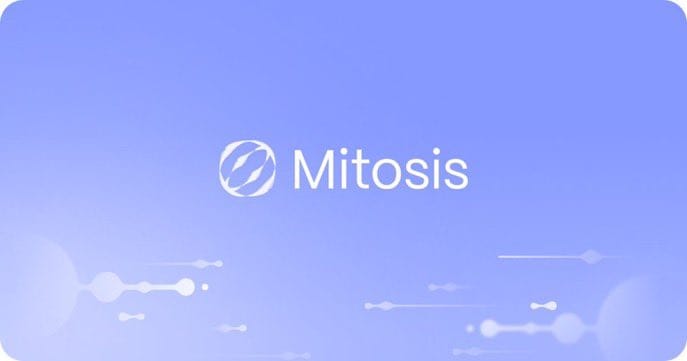


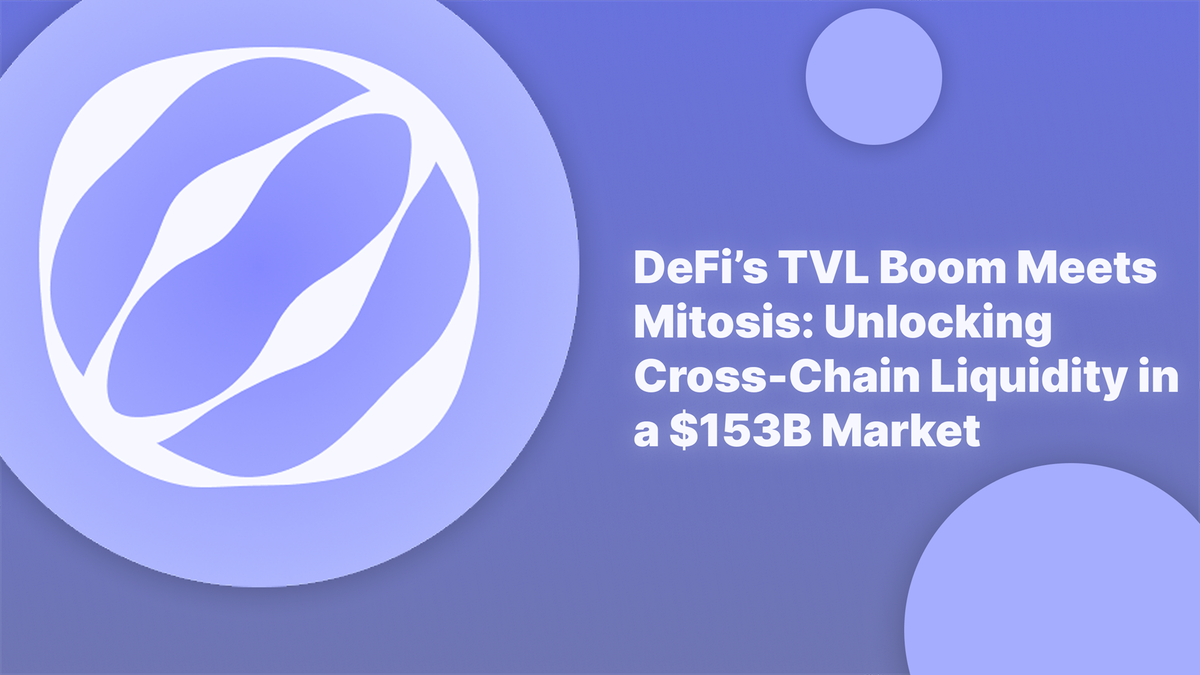

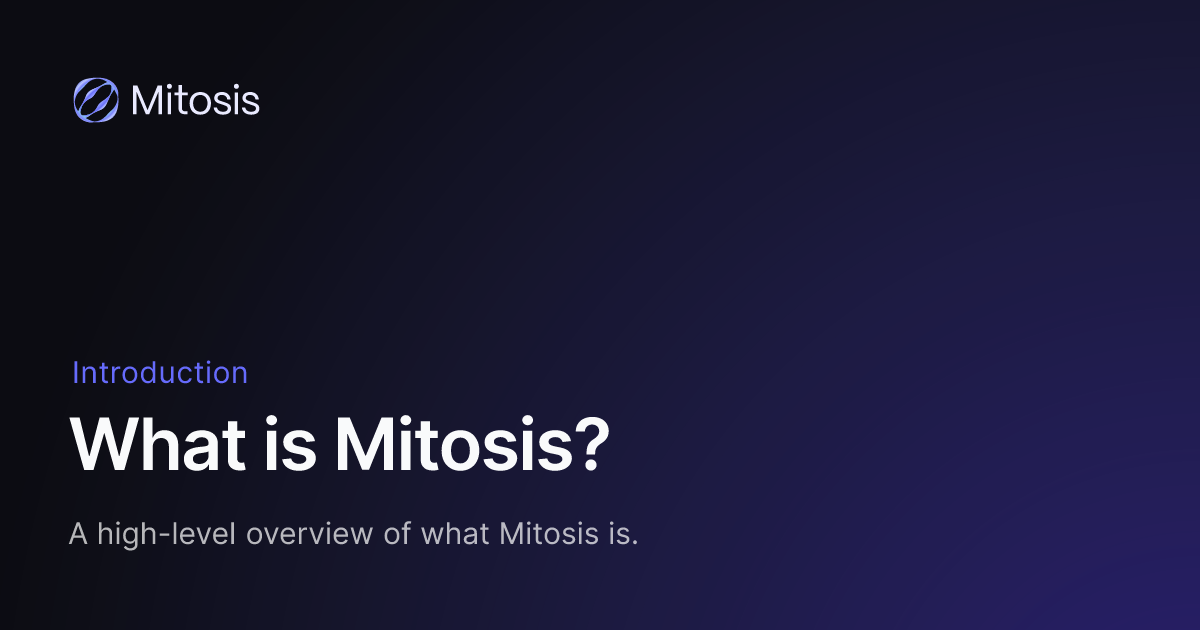








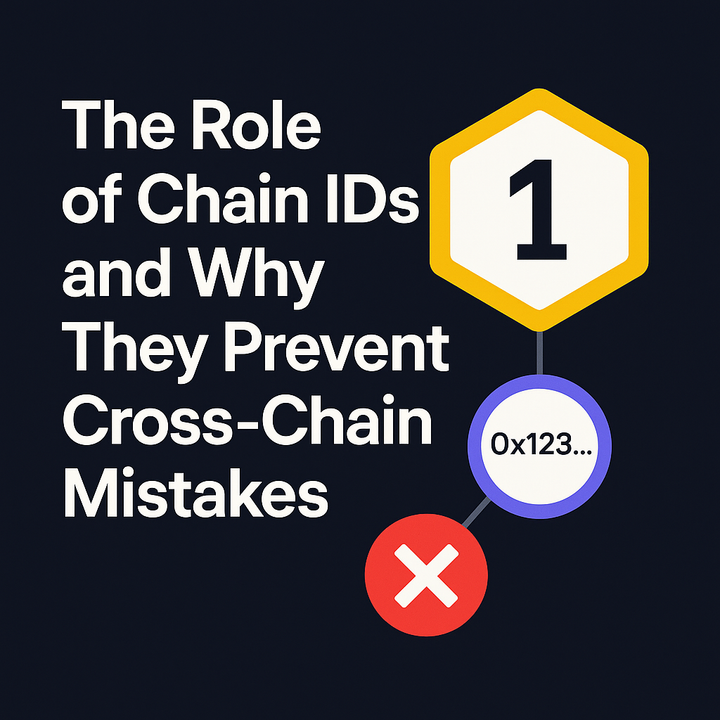


Comments ()